Madeye came well rounded with some old raymarine instruments. But they are all old. The speed sensor? quit working. The displays? Sun damaged over time with typical old school monochrome LCD darkening. Autopilot? Replaced with a rebuilt unit and the angle sensor mount broke off at some point. Wind sensor? Well, I found the remains of the spinny bits on the hard next to the boat.
Needless to say, it’s time for some updates. I’ve been playing with some open source bits but I’m short on screwing around time when I’m at the boat. Since Madeye is a fairly serious boat at 46 feet, I think it’s worth the refresh investment.
To get there, I’ve decided to go forward with updating everything to NMEA 2000 equipment and then combine that with some signal-k action to satisfy my love of opensource nerdiness.

The entire system is very flexible – the NMEA 2000 backbone is easily extended to include new devices. It’s essentially a specific implementation of a CANBUS – which is used extensively in cars for networking low bandwidth devices together. (The radar would not be low bandwidth, so the new units tend to use ethernet).
This is essentially designed to meet the requirements for the modern autopilot, and then augmented with additional data to take advantage of modern MFDs and Chartplotters. I could also add a NMEA 2k stereo and then control my tunes from my chartplotter.
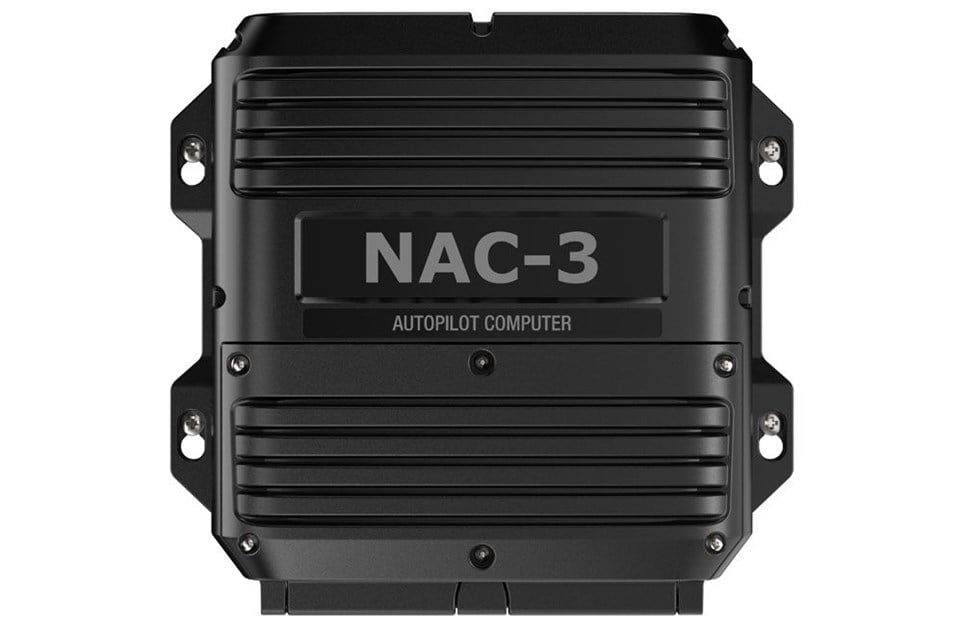
I picked up a NAC-3 autopilot computer that needs some service. That’s heading off to Navico for testing and repair. Still a deal since I won’t be in the water for at least two months at this point. I chose the NAC-3 based on the size of Madeye – at 46 feet it’s on the upper end of the spectrum for these units. The NAC-3 can drive my existing linear actuator – a raymarine unit. I’m not really worried about the older linear actuator – the paper part number is still on it and it’s well sealed. These are simple DC linear drives. That said, I’ll pick up a spare and install it opposite from the current one. Certainly a pain to hookup underway, but easy enough at dock or on the hard.
So here’s my list of round-1 hardware that I’m purchasing to get things going:
- B&G WS310 – Wired Nmea 2000 wind sensor
- B&G Triton2 display (NMEA 2k)
- B&G Triton2 autopilot controls (also NMEA 2k)
- Veratron 30m NMEA 2k cable – my mast is something like 70 ft from the cabin sole – 63 foot I.
- Garmin NMEA backbone starter kit (Gotta have a power injector)
- Garmin Airmar DST810 Speed/Depth/Temp Sensor
- Precision-9 Compass
- Open source Nmea 2000 AIS Transponder
- Simrad RF25N rudder feedback sensor
- Garmin 24xd GPS/heading sensor
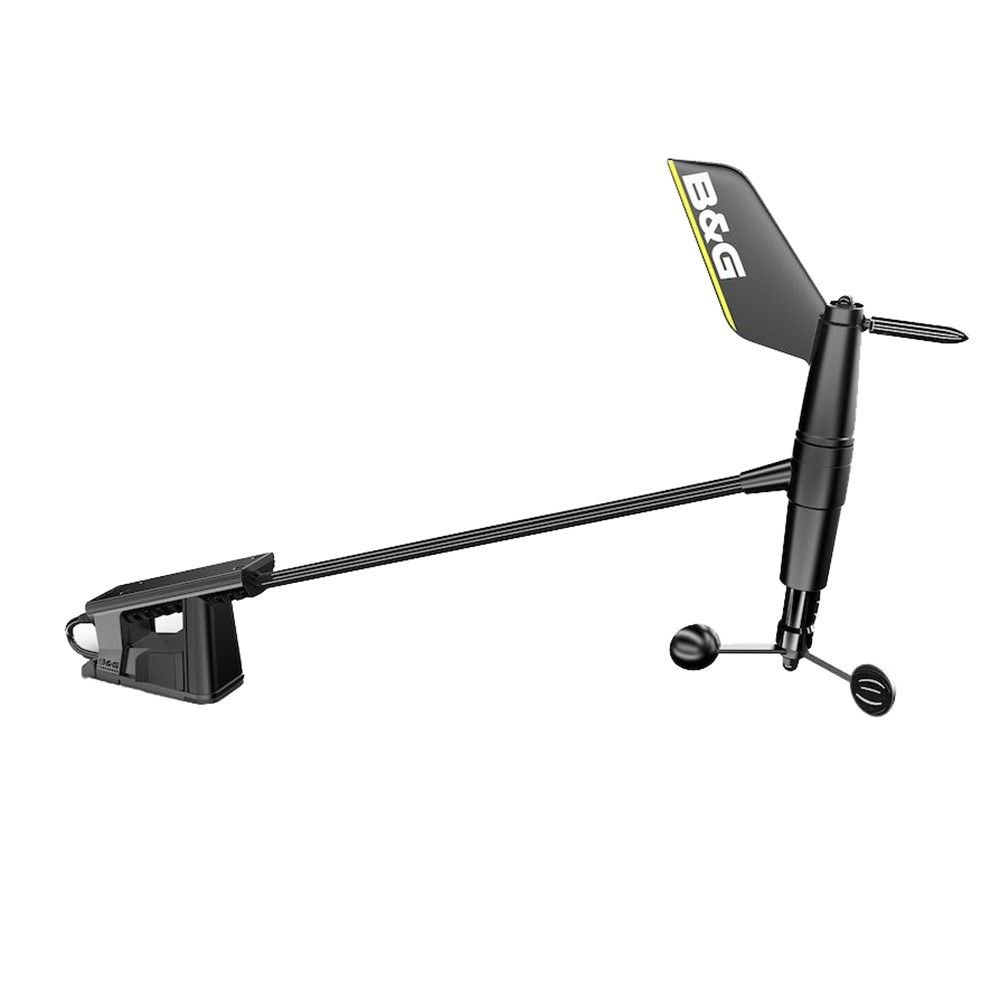
I spent a lot of time looking at wind sensors. There are ultrasonic units, but for now I think they are over priced. I looked at various nmea 2k options but found that they may require calibration from a given vendor’s MFD. Since I’m aiming for B&G autopilot features… well, the B&G WS310 won the game. This hurt me – they are not cheap. Thankfully there was at least a 10% off sale happening. My mast is 63 feet tall from my deck, and further from my keel step. Wireless is an iffy game at that point. So, a hardwired sensor that’s about as good as it gets? I chose B&G WS810.
The WS810 is sold as a kit with cabling or as a stand alone unit. It also actually spits out NMEA 0813 and for a full NMEA 2000 output you need an additional adapter. So, after a slightly painful lesson, I ordered a 000-14397-001 cable and a 000-14389-001 interface. In the end it worked out, but I would have saved some time if I’d just ordered the kit in the first place.
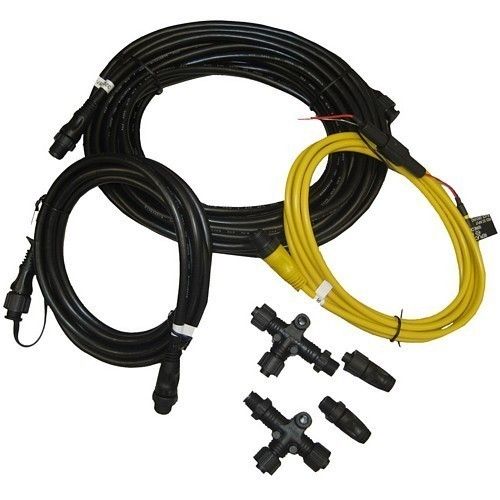
The Backbone is key. The Garmin kit includes a 2M and 6M cable, a couple of T connectors and terminators and a power cable kit. I will probably add a nicer backbone hub at some point, but this one seems to do the trick and have everything I need. Honestly, everyone makes something for this. It’s overpriced in every single case in my opinion but I am a fan of standardized, waterproof cables.
![BG Triton2 Pilot Controller Triton2 Digital Display Pack [000-13561-001] | Catamaran Supply](https://cdn.shopify.com/s/files/1/0014/7298/7213/products/62387XL_2000x.jpg?v=1613750092)
The Triton2 MFD is a really nice, current generation MFD. To get rolling I need at least one of these things. To control the NAC-3, I needed something with buttons. The simplest option was the Triton2 controller. It’s NMEA2k based and just works. I considered the AP44 (and could still add one) but I liked the simple, dedicated nature of the triton2 controls. I’m certain that I’ll add more MFDs but for the next month or two I only need to the one to test systems as I get them installed.
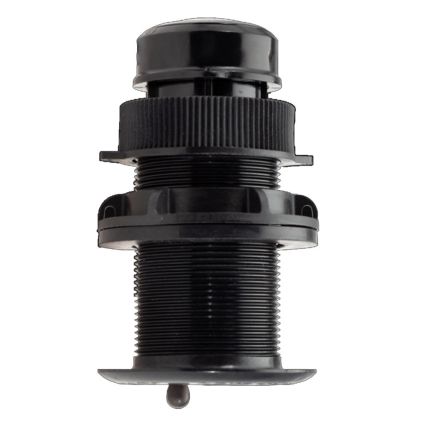
B&G uses the Navico DST810 through hull depth/speed/temp sensor. Navico makes this thing for lots of people. It turns out that the Garmin labelled version is cheaper but it’s till a Navico DST810. It’s the same part as far as I can tell. Connect to it with a custom bluetooth app from navico to calibrate it and you’re good to go.
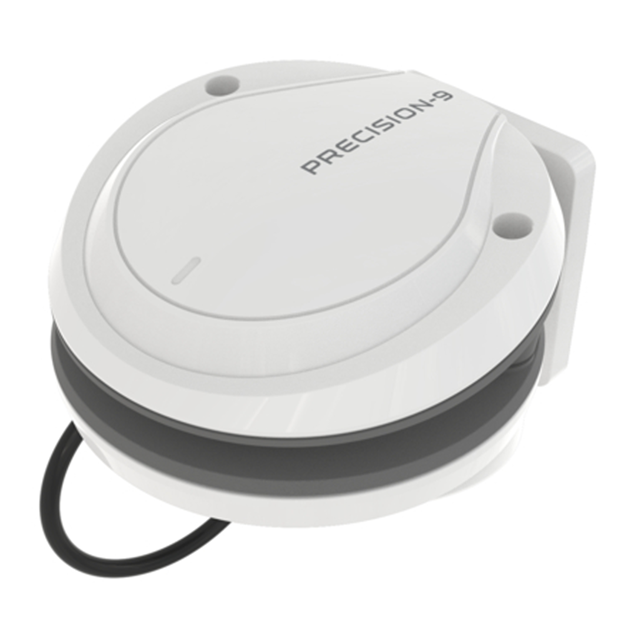
The B&G Precision-9 Compass. These things are overpriced at an unholy level imo. Accelerometer chips are not expensive these days. I opted for a slightly used unit to cut costs in half. These things should be bulletproof. They are vastly important for good autopilot handling – the computer will make steering decisions based on immediate date from this device. Considering this direct relationship, I can’t help but think they should be in the box with the friggin NAC.

MAIANA – the Open Source AIS Transponder. I chose the MAINA because it’s a neat system at a reasonable cost. It’s an all in one AIS transponder with various options for interfacing. I opted for the NMEA 2000 version. As a diy board it would suck. The designer put together a nice little kit with pre-made boards that really easy to put together. Just add a heat gun to deal with the heat shrink!

Simrad RF25N Rudder Angle Feedback sensor. The N version spits out the rudder angle via NMEA 2000 (noticing a theme here?). I snagged one on ebay to save a bit. These are simple but crucial devices that tell the autopilot (and the MFD!) what the angle of the rudder is. I opted for the NMEA 2k version to ensure that I get this info on my 2k backbone for display purposes. If the NAC-3 died for some reason, I didn’t want to lose this info. sure the gigantic steering wheel can tell us quite a bit, but MOAR data!

Garmin 24xd NMEA 2000 GPS receiver. I chose this because GPS sentence output is one of the most standardized protocols out there. You can use literally any NMEA 2k GPS receiver. That said, you do want something with high speed updates – 10Hz is pretty darn chatty for a GPS. I chose this unit over the Garmin 19x (which is a little cheaper) because it has improved accuracy and has heading data. The heading data isn’t going to be as good as the output from the Precision 9 heading sensor, but I’m thinking it could be used as a backup heading sensor in a pinch.
Technically, if you buy a chart plotter you don’t really need an external GPS unit. However, I’m also planning to have openCPN and signal K running on my boat.